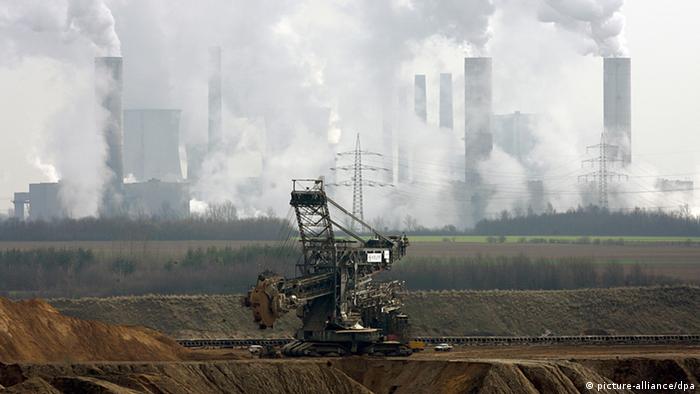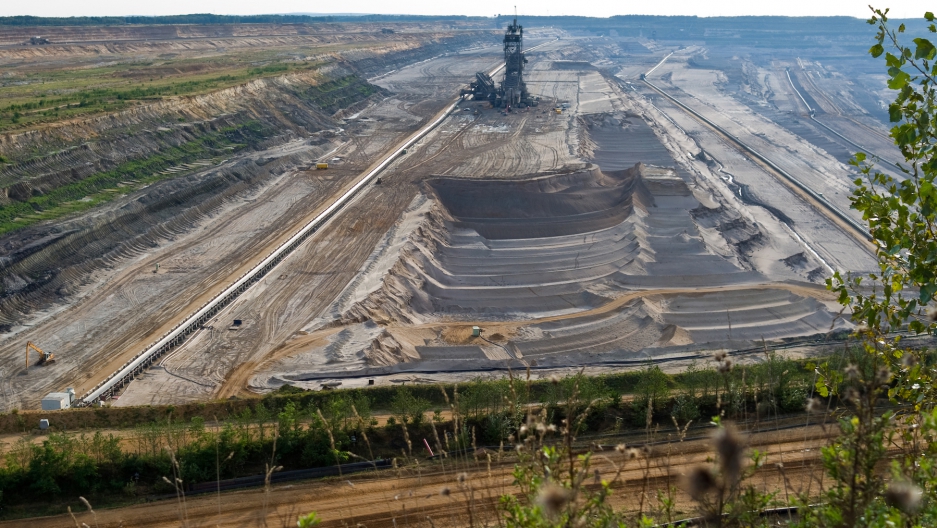Texas Proud
Give me a museum and I'll fill it. (Picasso) Give me a forum ...
- Joined
- May 16, 2005
- Messages
- 17,264
I know there are a lot of people who think we can get to 100% renewable... and some of the engineers on here who say the numbers do not work...
Well, here is an article that give a real example that even gas plants cannot keep up with the current infrastructure in place...
https://www.marketwatch.com/story/t...er-plants-2018-12-04?siteid=yhoof2&yptr=yahoo
Well, here is an article that give a real example that even gas plants cannot keep up with the current infrastructure in place...
At peak winter demand, 5,913 megawatts of natural-gas capacity was simply unavailable due to “supply outages.” And more than 8,000 megawatts of gas-plant capacity was forced to shut down. Overall, more than 23,000 megawatts was unavailable—12.1% of PJM’s total capacity.
Thankfully, according to the Department of Energy (DOE), the nation’s coal plants came to the rescue. Coal-fired power plants ramped up to provide 55% of daily incremental power at the time. The DOE says that, without the sturdy baseload power generation produced by coal, “the Eastern United States would have suffered severe electricity shortages, likely leading to widespread blackouts.”
Thankfully, according to the Department of Energy (DOE), the nation’s coal plants came to the rescue. Coal-fired power plants ramped up to provide 55% of daily incremental power at the time. The DOE says that, without the sturdy baseload power generation produced by coal, “the Eastern United States would have suffered severe electricity shortages, likely leading to widespread blackouts.”
https://www.marketwatch.com/story/t...er-plants-2018-12-04?siteid=yhoof2&yptr=yahoo




